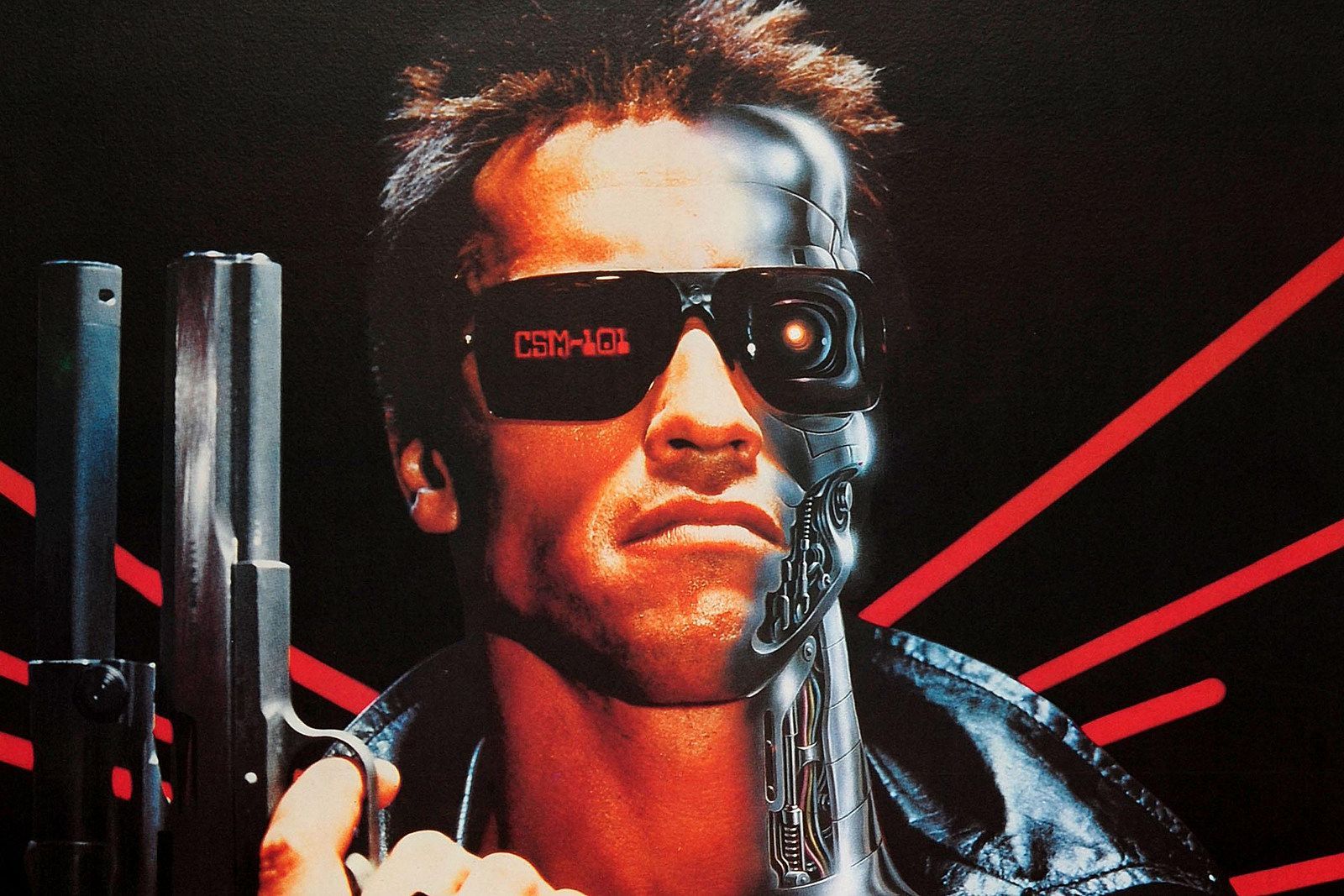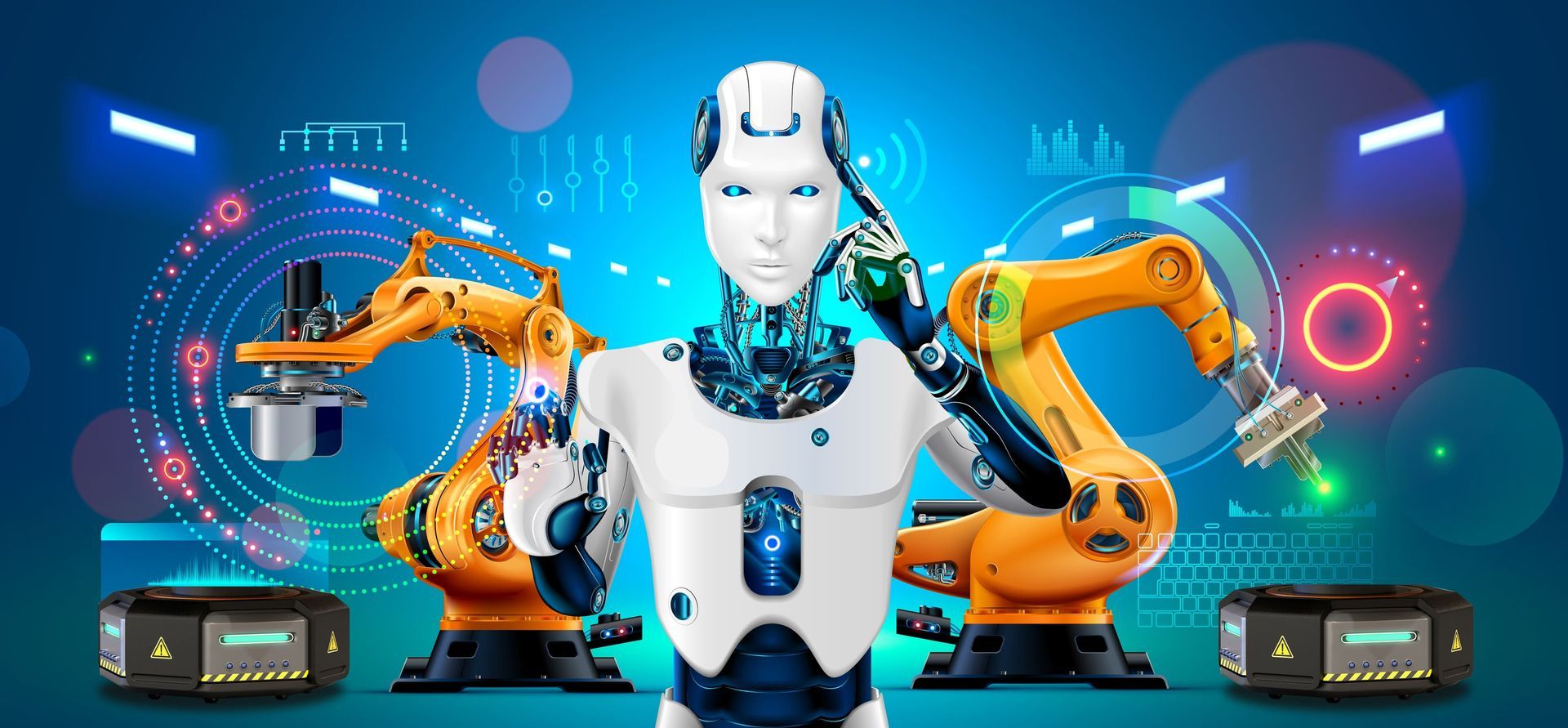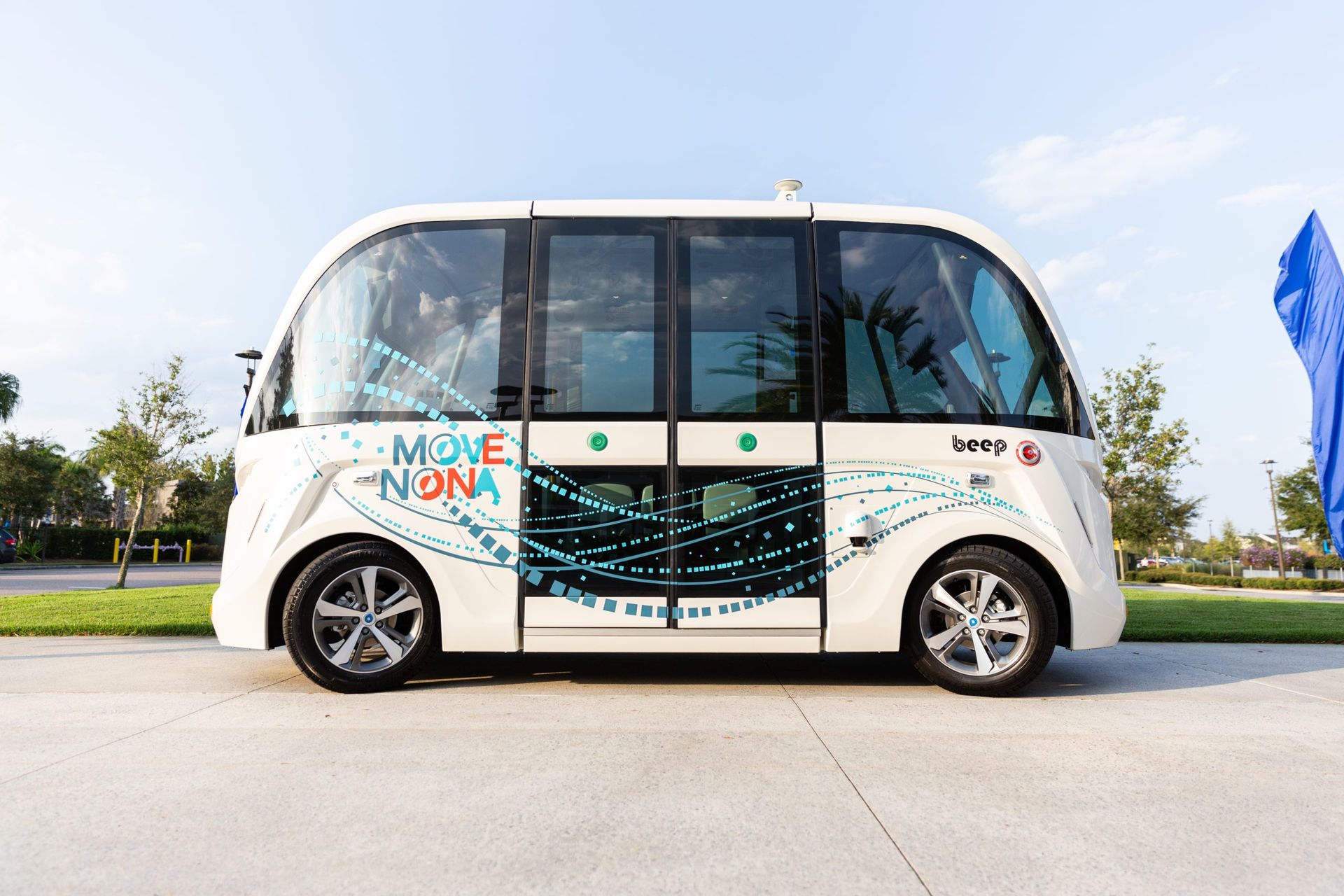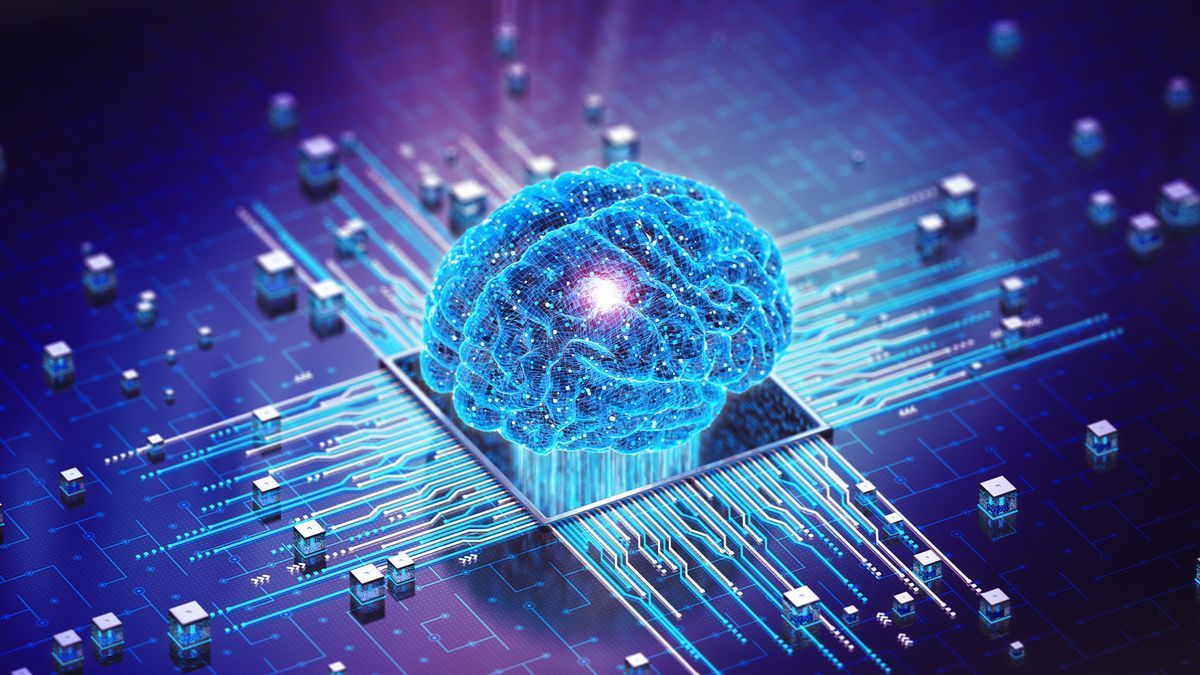
Arnold Schwarzenegger turned some heads this summer at a Hollywood press event.
He said the development of artificial intelligence has made his sci-fi classic "The Terminator," a movie in which an AI-based defense network known as Skynet becomes self-aware and conquers humanity, more truth than fiction.
"It's not any more fantasy or kind of futuristic," he said. "It is here today."
But is it? Clearly, robots and artificial intelligence have started to blend and work together.
But before we deem Schwarzenegger's apocalyptic prediction true, let's stay for a minute in our positive world.
Let's talk about how robots and AI work together to improve society.
We'll worry about our robot overlords when they come for us.

Robotics and artificial intelligence have combined to change so many industries lately that it’s one of the biggest advances in technology today, amidst a wave of world-changing tech events. AI has enabled robots to become more autonomous, intelligent, and adaptable. This has led to the development of new types of robots that can perform a wider range of tasks, from manufacturing and logistics to healthcare and customer service.
Here are some of the ways that AI has changed robotics:
- Robots and AI: Robots can now learn and adapt to their environment. AI-powered robots can use sensors and cameras to learn about their surroundings and make decisions about how to interact with them. This makes them more versatile and capable of performing tasks in a variety of environments.
- Robots and AI: Robots can now make decisions on their own. AI-powered robots can use machine-learning algorithms to make decisions about how to complete tasks. This frees up human operators to focus on other tasks, such as monitoring and supervising the robots.
- Robots and AI: Robots can now communicate with each other. AI-powered robots can use communication protocols to exchange information and coordinate their actions. This allows them to work together to complete complex tasks.
- Robots and AI: Robots can now be used in dangerous or hazardous environments. AI-powered robots can be programmed to avoid hazards and take risks that would be too dangerous for humans. This makes them ideal for use in applications such as bomb disposal and search and rescue.

The development of AI has had a major impact on the field of robotics. It has enabled the creation of new types of robots that are more autonomous, intelligent, and adaptable. This has led to the expansion of the potential applications of robotics into new areas, such as healthcare, customer service, and transportation.
Here are some of the most promising applications of AI in robotics:
- Robots and AI: Medicine – Medical robots: AI-powered medical robots can be used to perform surgery, deliver medication, and provide rehabilitation. They are also being developed to help diagnose diseases and provide personalized care.
- Robots and AI: Customer service –AI-powered customer service robots can answer questions, provide support, and resolve issues. They are being used by businesses to improve customer satisfaction and reduce costs.
- Robots and AI: Transportation – AI-powered transportation robots can be used to deliver goods, transport people, and operate vehicles. They are being developed to make transportation more efficient and sustainable.
The future of robotics is bright.
AI continues to evolve, and it is likely to have an even greater impact on the field in the years to come.
This will lead to the development of even more sophisticated and capable robots that can be used to improve our lives in many ways.
Let's just hope the friendly ones win the robot wars!




